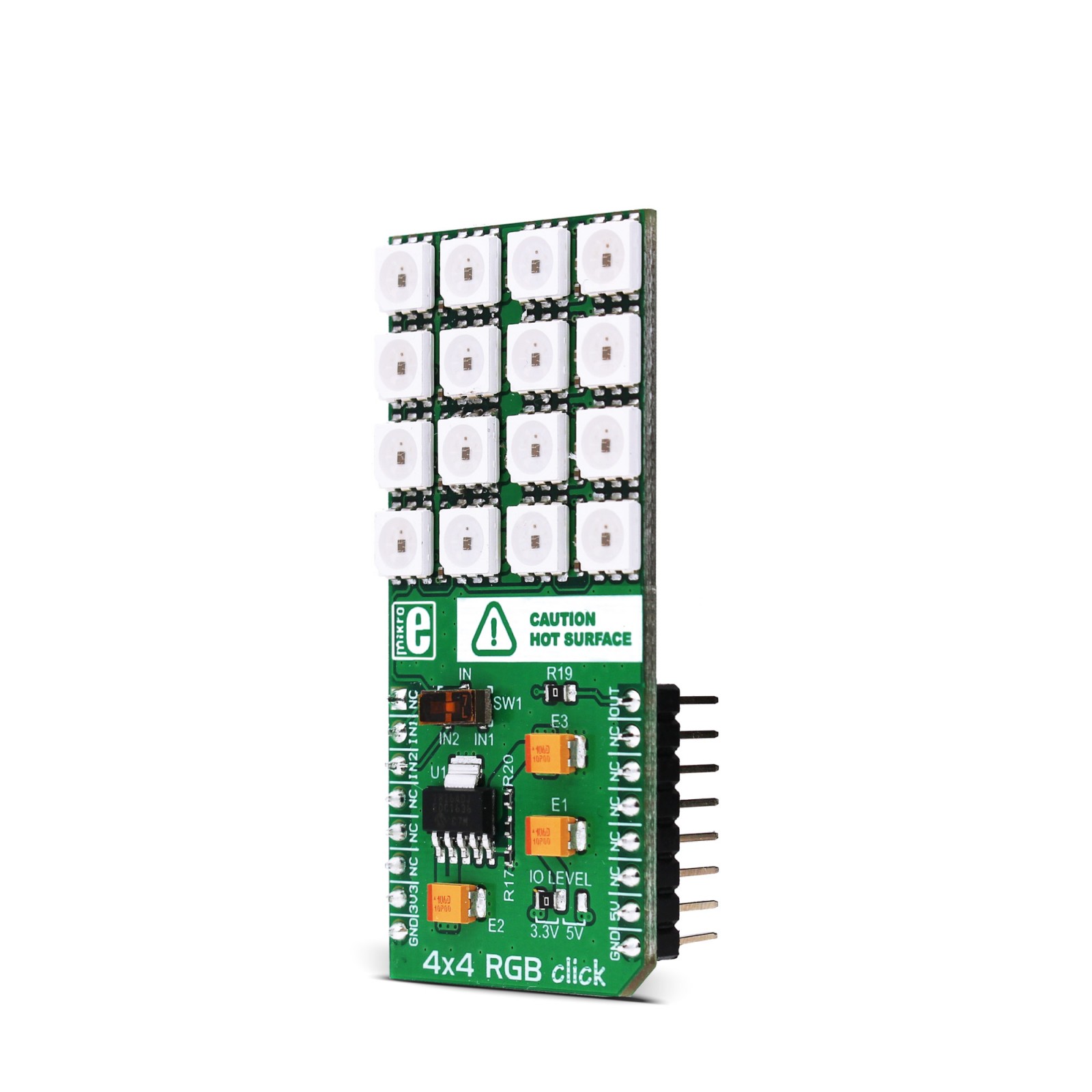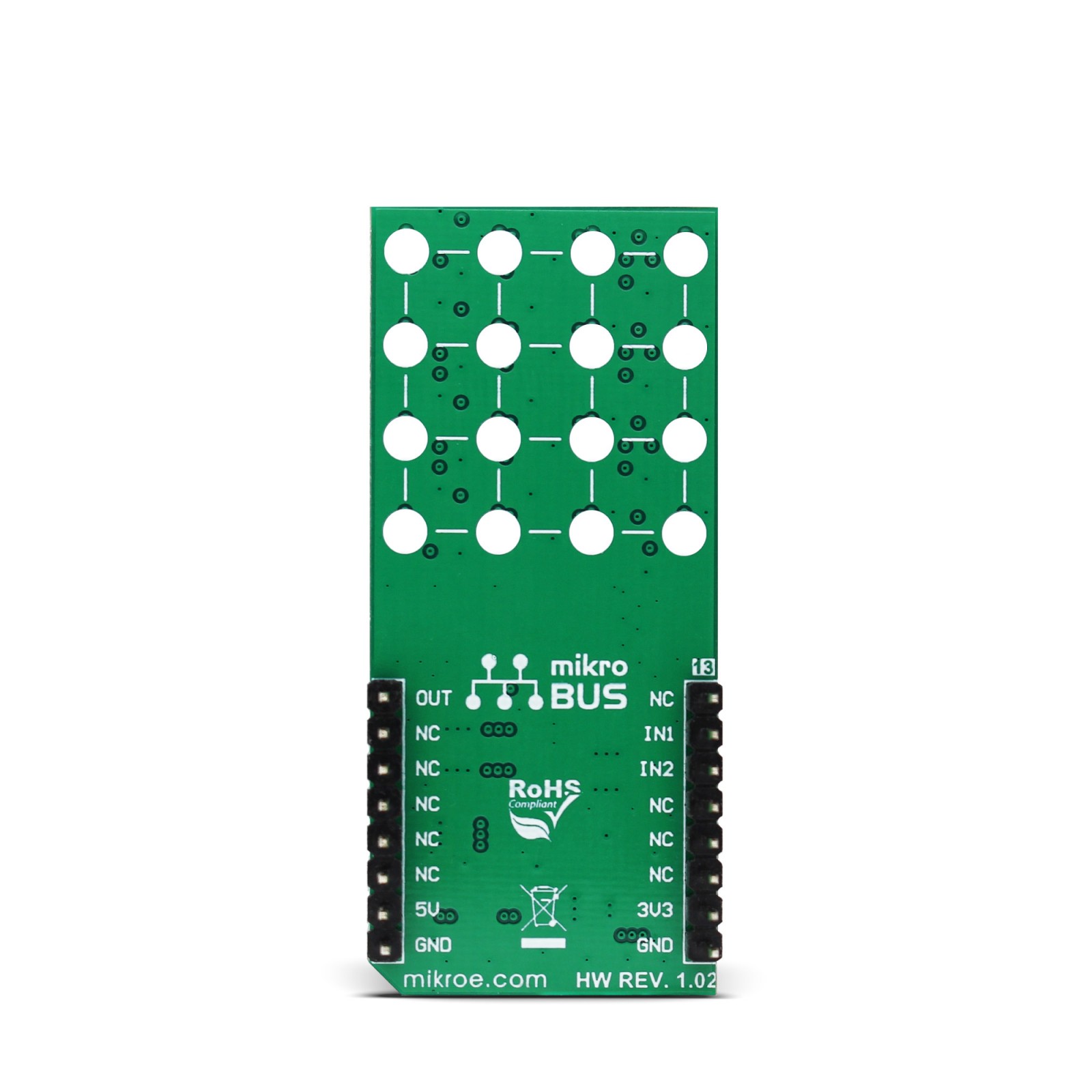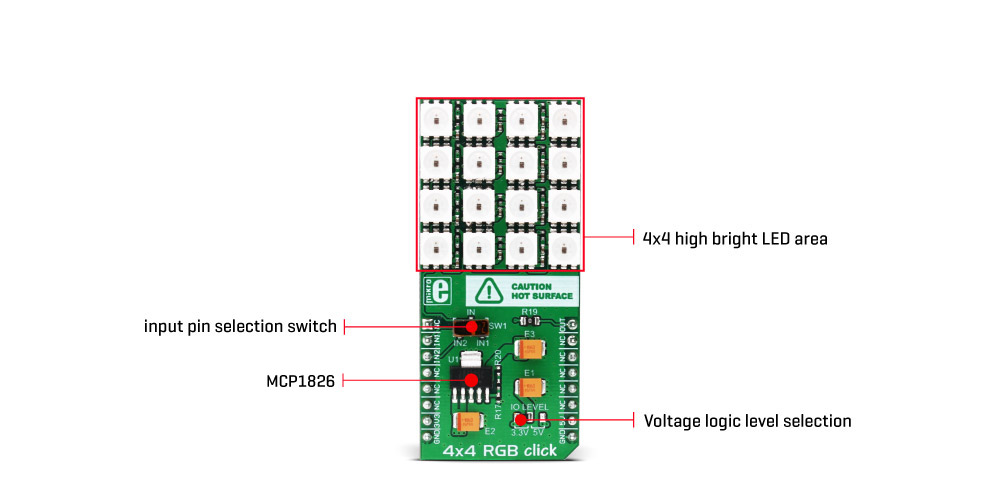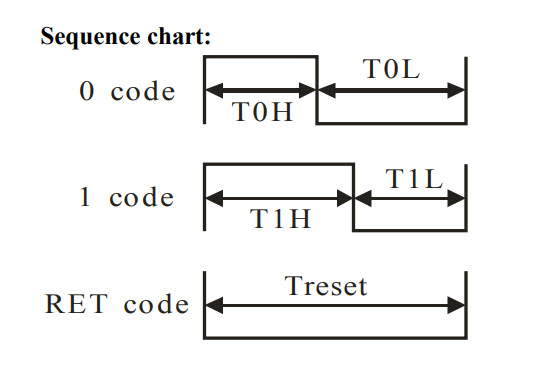-
×
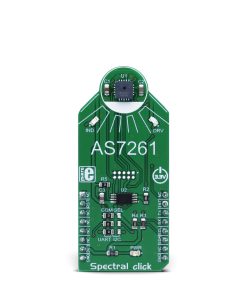 Spectral Click
1 ×
Spectral Click
1 × R570.00R513.00 -
×
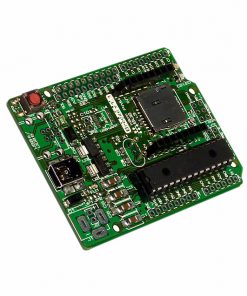 Breeze B
1 × R250.00
Breeze B
1 × R250.00 -
×
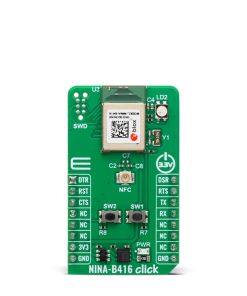 NINA-B416 Click
1 ×
NINA-B416 Click
1 × R645.00R580.50 -
×
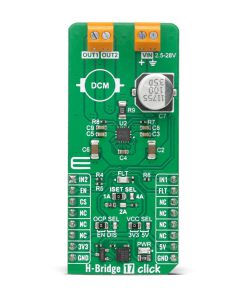 H-Bridge 17 Click
1 ×
H-Bridge 17 Click
1 × R330.00R297.00 -
×
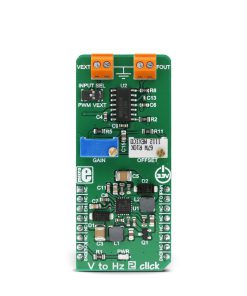 V To Hz 2 Click
1 ×
V To Hz 2 Click
1 × R1,100.00R990.00 -
×
 Breeze A (Amicus Compatible)
1 × R250.00
Breeze A (Amicus Compatible)
1 × R250.00 -
×
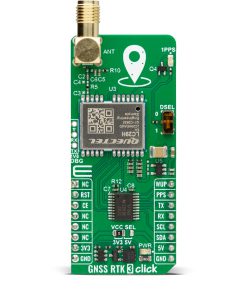 GNSS RTK 3 Click - LC29HEA
2 ×
GNSS RTK 3 Click - LC29HEA
2 × R2,300.00R2,070.00 -
×
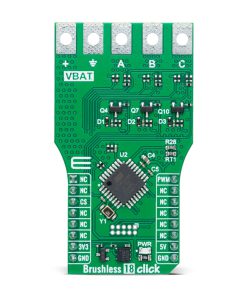 Brushless 18 Click
1 ×
Brushless 18 Click
1 × R1,250.00R1,125.00 -
×
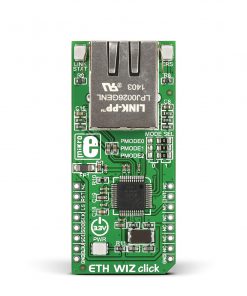 ETH WIZ Click
1 × R245.00
ETH WIZ Click
1 × R245.00 -
×
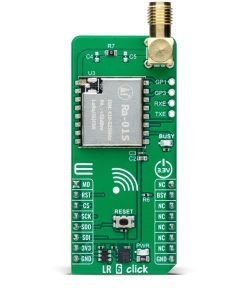 LR 6 Click
2 ×
LR 6 Click
2 × R610.00R549.00 -
×
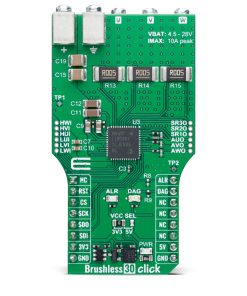 Brushless 30 Click
1 ×
Brushless 30 Click
1 × R1,550.00R1,395.00 -
×
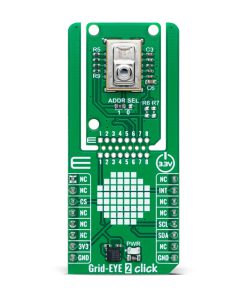 Grid-EYE 2 Click
1 ×
Grid-EYE 2 Click
1 × R1,750.00R1,575.00 -
×
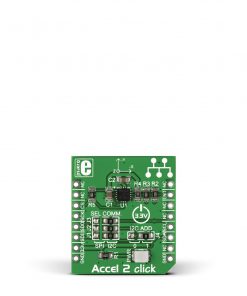 Accel2 Click
1 × R245.00
Accel2 Click
1 × R245.00 -
×
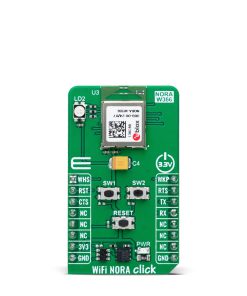 WiFi NORA Click
1 ×
WiFi NORA Click
1 × R990.00R891.00 -
×
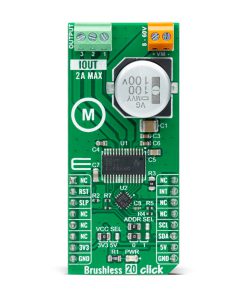 Brushless 20 Click
1 ×
Brushless 20 Click
1 × R535.00R481.50 -
×
 Stepper 2 Click
1 × R245.00
Stepper 2 Click
1 × R245.00 -
×
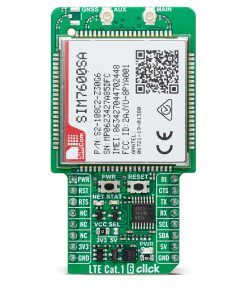 LTE Cat.1 6 Click
1 × R2,650.00
LTE Cat.1 6 Click
1 × R2,650.00 -
×
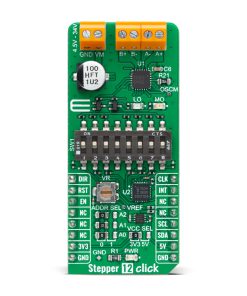 Stepper 12 Click
1 ×
Stepper 12 Click
1 × R515.00R463.50
Subtotal: R17,486.00


